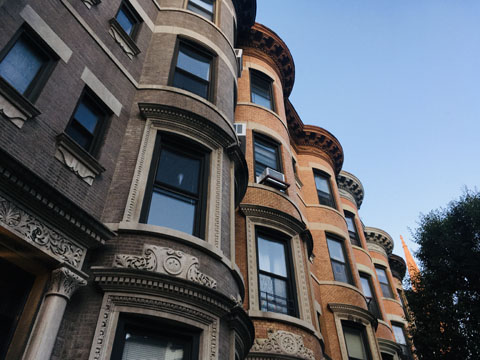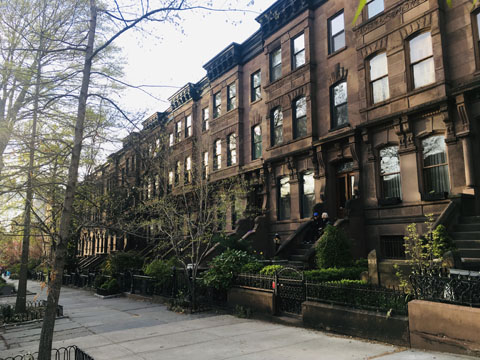November 1, 2021
by: Marcus Colonna, AIA
I live in the wonderful neighborhood of Park Slope in Brooklyn New York. What really separates this district from the rest of New York City is the sheer amount of turn of the century housing and classic brownstones that line every street of Park Slope and Park Slope South.
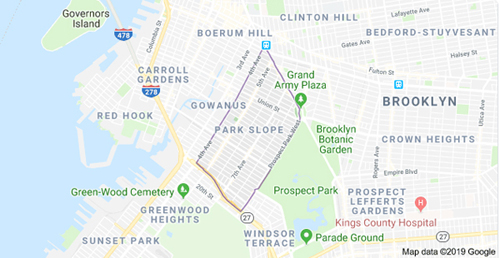
While many districts have these incredible residential structures, Park Slope from edge to edge is packed with so many beautiful variations of them.
We will soon study what makes this district so special including scale, styles, walkability, entry approach, street widths and street scape, but what this journal focuses on is the incredible consistency this district has being virtually unchanged for 150 years.
Every neighborhood sees changes in property value, crime statistics, cost of living and amenities. Today Park Slope is incredibly popular with families, some even call it "strollerville".
It is anchored with Prospect Park and Grand Army on the East, and has lively and active retail corridors with a variety of shops from restaurants to large scale retailers.
The streets are quaint and walkable and services by several mass transit stops.
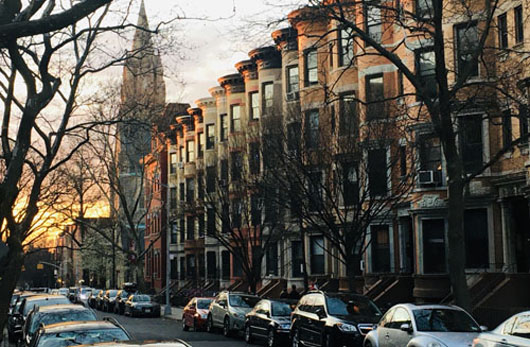

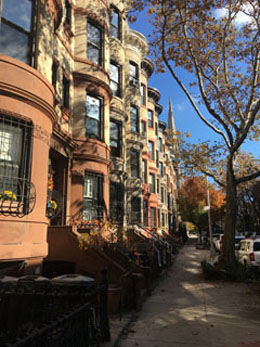
What really differentiates it from other areas the are the beautifuly built brownstones constructed from 1850-1870 that line it's streets from end to end.
It's hard to believe the amount of density built one area in such a short time frame. All with their own identity and detailing.
However, Park Slope is not experiencing a "rebirth". Park Slope has seen significant changes throughout its 150 years, including some serious declines in the 1970's-1980's.
What has remained constant is the infrastructure. It has always served New Yorkers with an intense amount of housing regardless of the generation it served.




Most American cities don't get to experience an urban environment that is virtually unchanged. Many parts of Europe that are unaffected by past wars are almost identical to the day they were built.
Brooklyn has been fortunate to also stay the same. Growing up in Detroit, the environment of the neighborhoods changed in such a short period of time.
Many friends of mine simply cannot go back to the childhood homes to see the places they grew up as they are no longer in existence.
This only dates back to a few decades ago. For example, S. James Herman School on Detroit's West Side was a viable, functioning, beautiful Art Deco school as late as 2002 (pictured). It is now an abandoned structure, but fortunately still standing.
In contrast, Public School 161 in Crown Heights, Brooklyn is practically unchanged, other than the name as Success Academy today.


It creates an immense amount of instability in communities when educational buildings are lost.
Many American cities experience the same harsh changes in their cores. It is heartbreaking to see the architectural losses in so many great environments.
Fortunately, there are a few great cities in the East such as Boston, New York, Annapolis, that have kept so much of their cities intact.
Coming from a place that witnessed so many changes in such a short period of time makes me appreciate how the unchanged fabric here in Brooklyn and infrastructure of these cities allow it to have a historic identity but also create a stable social and economic environment.
Having this kind of visual stability allows for more investment in the community. This includes people moving in the district, raising families, shopping, and retailers opening storefronts and conducting commerce.
The small opportunities for new development are done without delay or speculation.
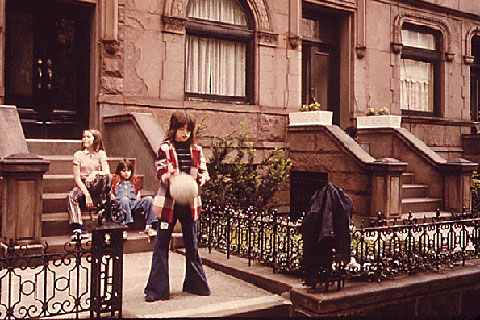
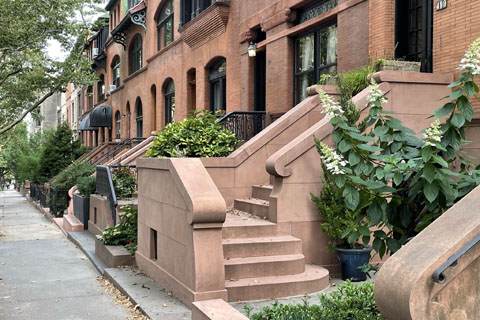
The stability of infrastructure and architecture creates a desire for residents to stay, reside, dwell, live, and support its community. We should acknowledge the importance and the link of the unchanged urban fabric to the stability and health of any given district.















